Six Reasons Coaches Are Using GPS Athlete Monitoring
In competitive sports, coaches across disciplines, from football and soccer to lacrosse, are increasingly adopting GPS monitoring in sports to enhance athlete performance, improve safety, and gain a strategic edge. GPS tracking in sports provides real-time, data-driven insights that allow coaches to make informed decisions, tailor training, and keep athletes performing at their best.
At Catapult, we work with thousands of coaches globally, and here are the top reasons they rely on GPS athlete monitoring to optimize their programs.
Contents LIST
- What is a GPS Tracker in Sports?
- Reduce the Risk of Injury with GPS Monitoring
- Gain a Competitive Advantage with GPS Tracking in Sports
- Maintain Optimal Performance Throughout the Season
- Provide Objective Performance Feedback for Players
- Establish Benchmarks for Development and Progress Tracking
- Use GPS Technology as a Recruitment Tool
- Football GPS Tracker: Enhancing Performance and Safety on the Field
- Maximizing Athlete Performance with Vector Core’s Simplified Metrics
What is a GPS Tracker in Sports?
A GPS tracker in sports is a wearable device that captures real-time data on an athlete’s movements and performance metrics, such as speed, distance covered, acceleration, and intensity levels. Worn as a small vest or integrated into sports gear, GPS trackers are widely used across sports to monitor and manage athlete workloads.
By providing coaches with access to this data, GPS trackers enable personalized training, injury prevention, and objective performance analysis. GPS tracking in sports has become a valuable tool for optimizing team and individual athlete performance.
1. Reduce the Risk of Injury with GPS Monitoring
Injuries can disrupt a team’s momentum; for athletes, time spent recovering means missed development. GPS tracking in sports allows coaches to identify when players are at risk based on key workload metrics. By tracking data on performance and intensity, coaches can tailor training or implement rest days to help reduce the risk of injuries before they occur.
See how St. Xavier HS Football reduced injuries by 87% →
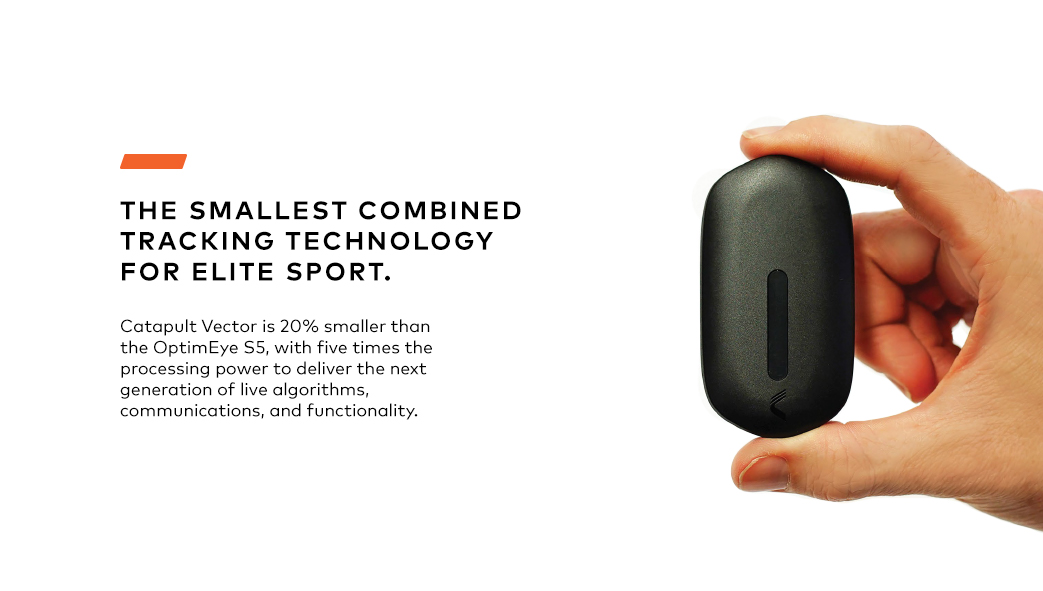
2. Gain a Competitive Advantage with GPS Tracking in Sports
Many coaches report that GPS athlete monitoring provides a competitive advantage by enabling more strategic training and game-time decisions. Using GPS tracking in sports allows coaches to:
- Personalize development based on individual player data
- Plan more effective training sessions for optimal performance
- Design informed off-season programs to maintain conditioning
- Make tactical decisions during games using live performance data
By developing stronger, more resilient athletes, coaches gain a distinct advantage on the field.
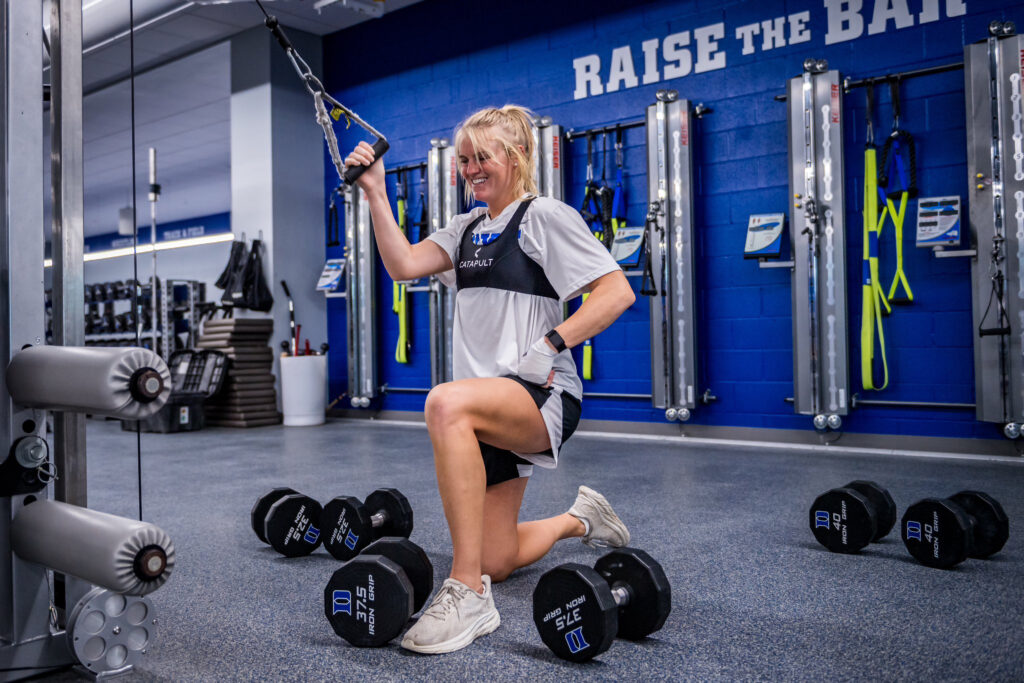
3. Maintain Optimal Performance Throughout the Season
Coaches at all levels face the ongoing challenge of keeping athletes in peak condition for game day. Traditionally, determining player training needs throughout the season relied heavily on “gut-feel” decisions. Whether it’s football, lacrosse, soccer, or another sport, coaching is evolving into a blend of science and art.
With GPS monitoring in sports, coaching staffs can now track Player Workloads in both games and practices, making it easier to adapt training schedules based on real data. One soccer coach shared how his team’s GPS athlete monitoring system enabled daily reviews of each player’s workload. If a player’s workload exceeded specific benchmarks, they were assigned alternate training to avoid over-exertion. This personalized approach allowed his team to sustain high performance and ultimately make their deepest playoff run in school history.
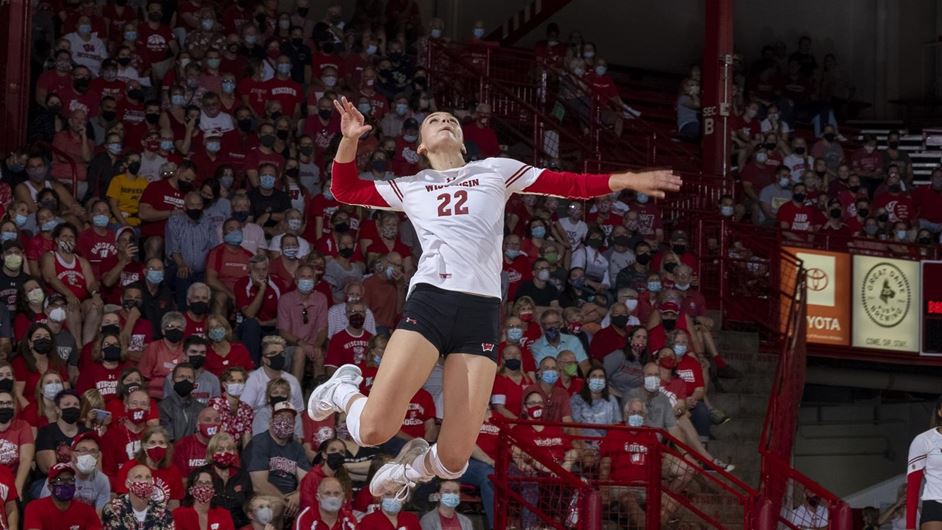
By closely monitoring workload metrics, coaches can ensure that athletes remain fresh, strong, and ready for peak performance as the season progresses. This data-driven approach helps prevent burnout and keeps teams at their competitive best.
Learn how Chanhassen High School soccer uses athlete monitoring to make more informed coaching decisions →
4. Provide objective performance feedback for players
One of the most challenging aspects of coaching is discussing a player’s performance when the athlete doesn’t fully see or agree with what the coaching staff observes. This is where GPS player tracking becomes invaluable.
“Numbers don’t lie” is a common phrase we hear from coaches. With data from GPS tracking in sports, coaches can sit down with athletes and say, “Here are your Player Workload scores from the last three games—let’s discuss the factors that caused some of these differences.” This approach provides both athletes and coaching staff with quantifiable, objective information that helps remove ambiguity and supports constructive feedback.

The data-driven insights from GPS athlete monitoring make performance discussions clearer and more productive. Players gain a better understanding of the areas where they need to improve, while coaches can provide feedback backed by concrete evidence, creating a shared understanding and a foundation for improvement.
5. Establish Benchmarks for Development and Progress Tracking
Coaches typically test their athletes at the beginning and end of each season, but GPS monitoring in sports allows them to go a step further. With GPS athlete monitoring, coaches can establish concrete data benchmarks in the preseason and track these metrics throughout the year. This approach provides a more accurate, continuous way of measuring player development both within a single season and across multiple years.
St. Xavier High School lacrosse used GPS player tracking data to change the way they trained and practiced. See how they did it. →
Many high school coaches, for example, use an age-specific approach to performance benchmarking. By tracking data by class—from freshmen to seniors—coaches can set performance expectations and monitor development throughout each athlete’s high school career. This visibility into GPS player tracking data enables coaches and players to identify where additional training or focus is needed to achieve growth goals.
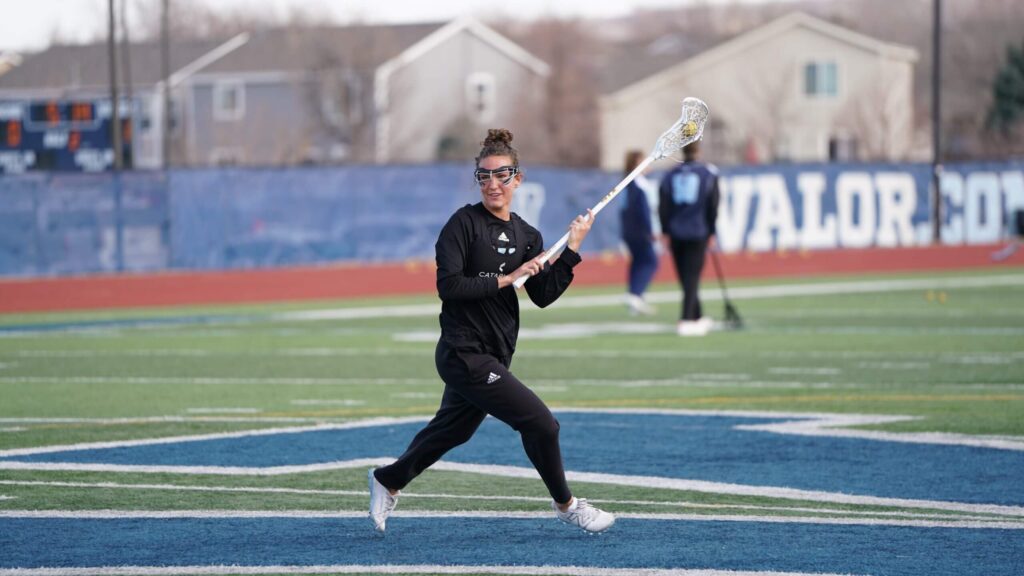
6. Use GPS Technology as a Recruitment Tool
Having talented players undoubtedly makes a coach’s job easier, but attracting those players often hinges on demonstrating a strong commitment to development. Across all sports—whether high school football, college lacrosse, or club soccer—athletes want to join teams that prioritize their growth and take a professional approach to training.
One of the most compelling ways to attract players is through adopting advanced technology like GPS athlete monitoring. Coaches frequently tell us that athletes and their families are impressed by their use of the latest GPS monitoring tools, which signals a dedication to helping players reach their full potential. GPS tracking technology has become a powerful recruitment asset, showcasing the team’s commitment to data-driven improvement and athlete care.
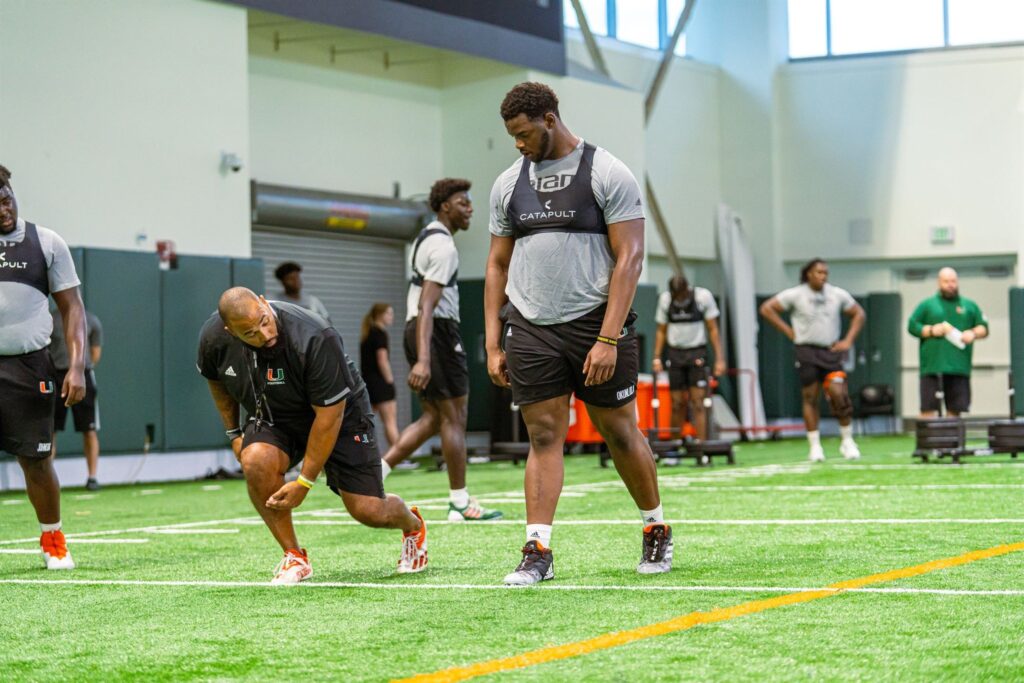
These six reasons highlight why coaches at all levels are embracing GPS monitoring in sports to enhance performance, reduce injury risks, and attract top talent. Interested in discovering how Catapult’s GPS solutions can help your team gain a competitive edge? Click here to learn more.
Football GPS Tracker: Enhancing Performance and Safety on the Field
In football, where physical intensity is high, GPS tracking is particularly beneficial. A football GPS tracker allows coaches to monitor key metrics such as sprint speeds, distance covered, and overall player workload. This information enables coaches to tailor training, plan substitutions strategically, and reduce injury risks by tracking fatigue levels.

Football GPS trackers also provide in-game insights, allowing coaches to make tactical adjustments based on live performance data. By optimizing both training and gameplay, GPS tracking helps football teams stay competitive while protecting player health.
Maximizing Athlete Performance with Vector Core’s Simplified Metrics
In the quest to maximize athlete performance, Vector Core has introduced simplified load management metrics. By focusing on the key performance indicators used by leading professional sports teams, Catapult has created a streamlined, easy-to-understand set of metrics.
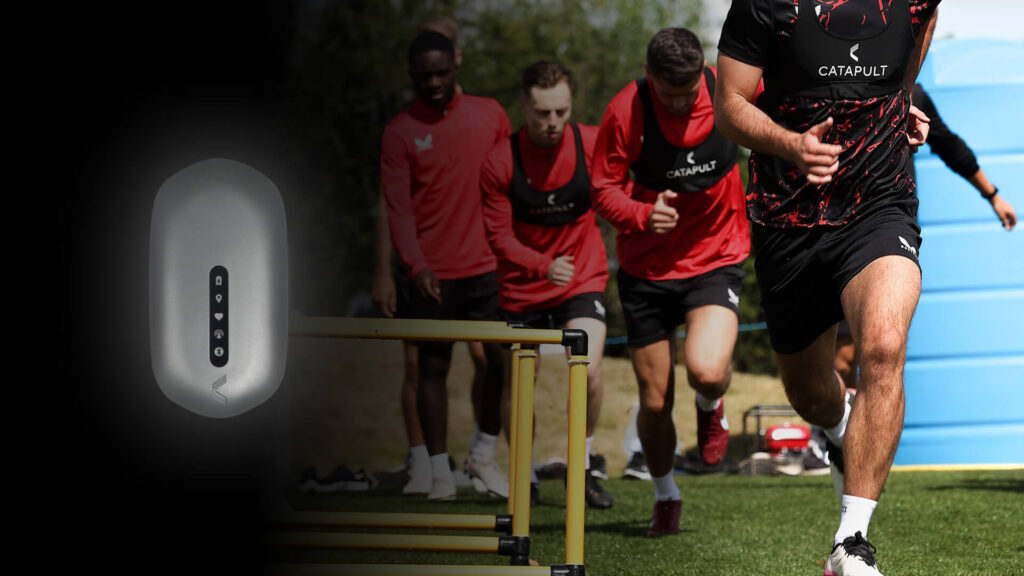
But that’s not all. Vector Core also provides a cloud-based platform for data management, offering teams the freedom to work from anywhere. The system features instant upload and automatic data collection for an uncomplicated, rapid experience. Learn more about Vector Core’s innovative approach on the blog.
*This content was originally published April, 2018 but has since been updated to maintain the accuracy of insight and user experience.